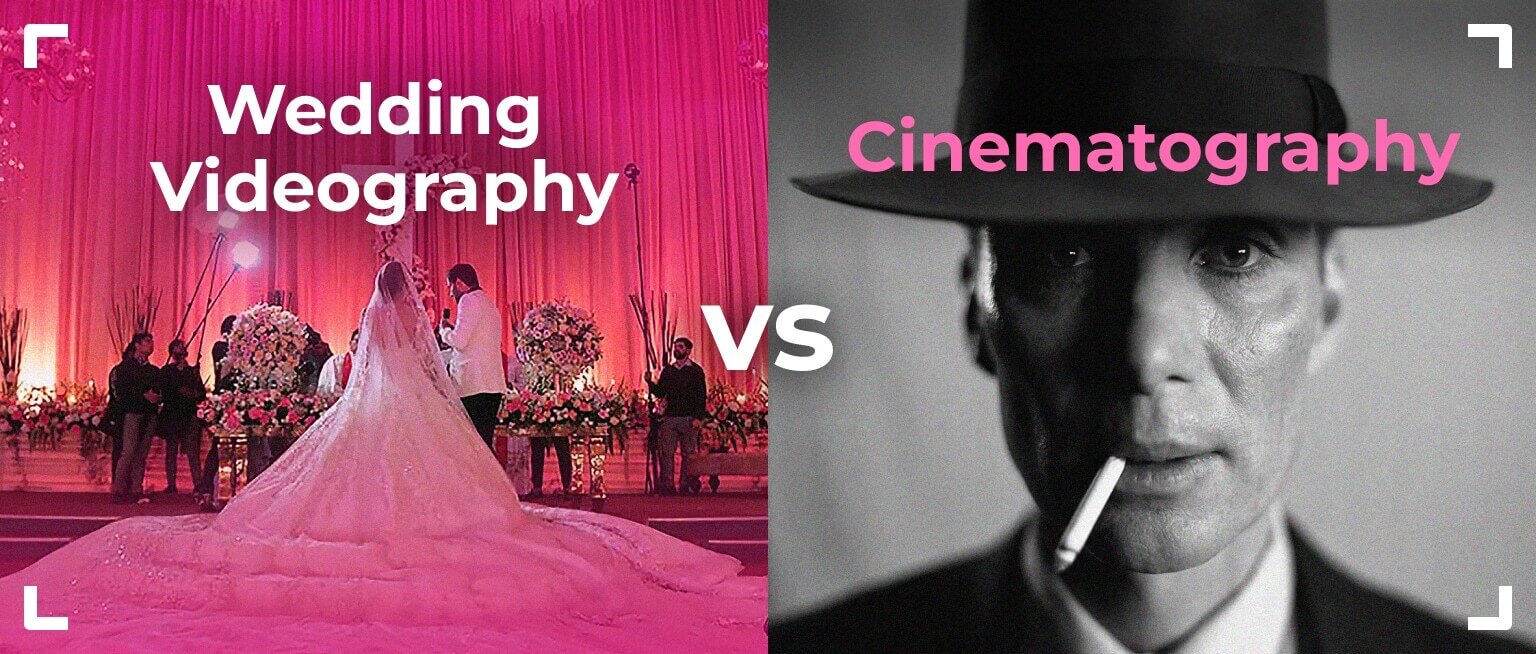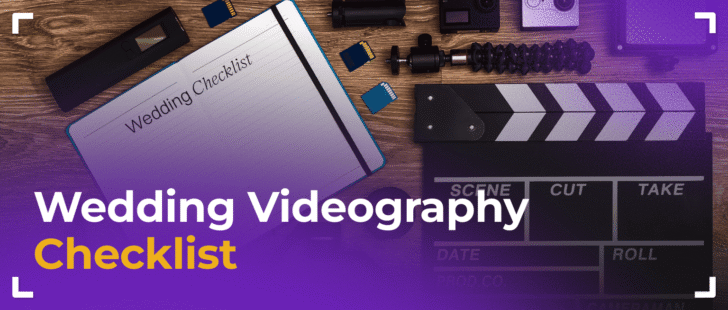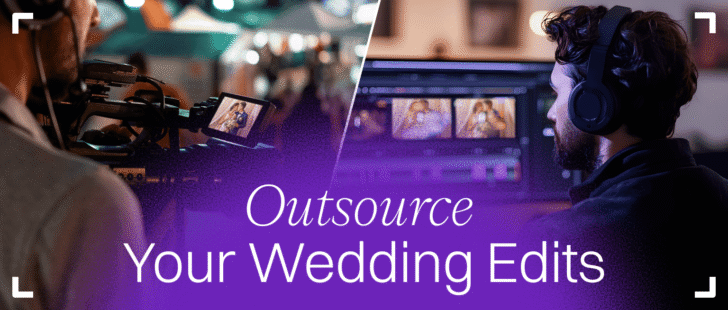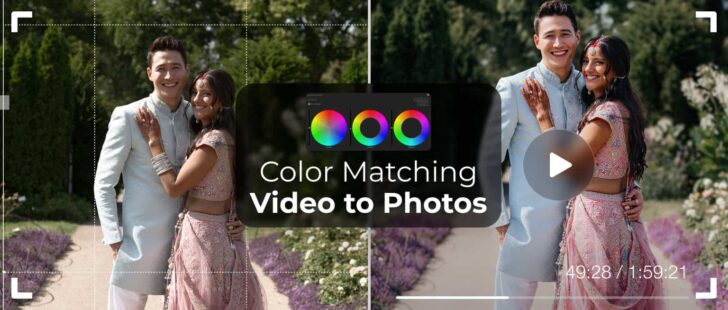Ahead of the wedding, when the couple pays a visit to the videographer, they already envision themselves as the leading stars of a Hollywood flick. It’s a super cool aspiration, but let us break down the distinctions between weddings and movies, and why it’s not always feasible to replicate cinematic elements exactly. Furthermore, we’ll uncover what practical steps can be taken to move nearer to this ambition.
Wedding videography industry vs cinematography
Before we start comparing wedding films and Hollywood movies, let’s first get a grasp of what cinematography and wedding video production are all about.
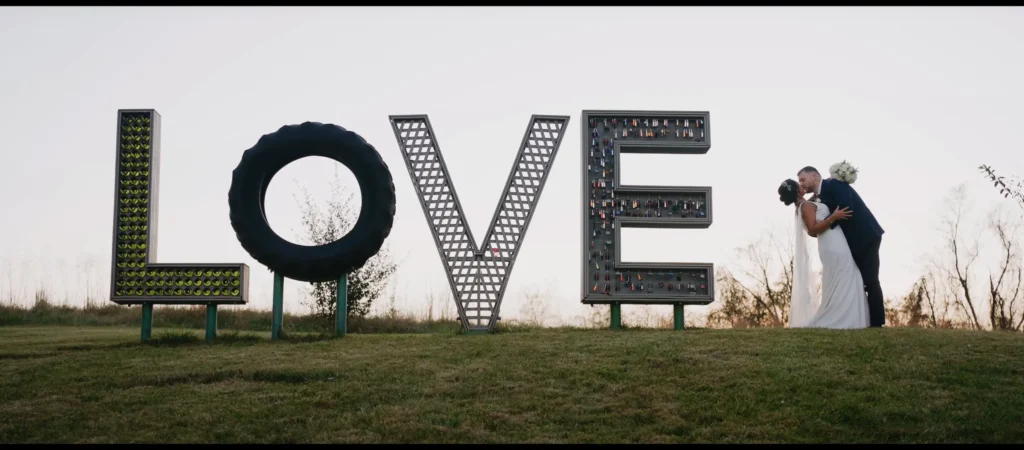
Cinematography is a sophisticated system where film studio producers play a pivotal role. They steer the direction of their respective studios and collaborate with film directors who pitch their ideas for upcoming movies. This dynamic setup allows each film to bring its own distinctive flair to cinematography, encompassing both the shooting process and editing. Take, for instance, iconic films like Peter Jackson’s The Lord of the Rings or the Wachowski sisters’ The Matrix, which have made their creative contributions to the shooting process and film editing. At times, these creative choices in shooting and editing can surpass the “usual” and defy the guidelines laid out in editing manuals.
In turn, wedding cinematography is steadily gaining traction and aiming to emulate the realm of cinematography, thanks to technological advancements and the widespread availability of high-quality video. This accessibility has contributed to reducing production costs. Even with limited budgets, it has become feasible to produce films that are worthy of being showcased at film festivals.
It’s also important to note that the principles of documentary filmmaking are also influencing the world of wedding cinematography. Couples are increasingly seeking authentic and candid moments that reflect their genuine emotions and experiences, leading to a more documentary-style approach in capturing weddings.
The difference in editing
Now, let’s return to comparing the editing processes in cinematography and weddings.
Production budget and team size
The first notable distinction is quite evident: the production budget and the size of the team involved in a project. While the film industry employs hundreds of individuals, with multiple editors working on a rotation, the wedding industry typically assigns a single editor to oversee each project.
Documentary-style approach
Another aspect to consider is that wedding videography follows a documentary-style approach, capturing genuine moments and unexpected events that are beyond the control of the videographer.
Editing process
Furthermore, in the realm of film production, the editing process is typically overseen by the editing department, led by the chief editing director. They collaborate with a team to shape the final visual presentation, concentrating solely on editing, without color correction and graphics. In modern cinematography, the editing of a single film can be divided among different companies. For instance, one company may handle the title work, while another focuses on editing a specific scene within the film.
In the wedding industry, it’s common for clients, including the videographer and the couple, to share their creative vision for the editing process. They provide a brief and examples of the desired style, which can include videos they admired or previous works from the videographer’s portfolio. The editor is then entrusted with bringing this creative vision to life, overseeing the entire post-production process. After the editing is complete, clients have the opportunity to review the film and suggest any adjustments they would like.
Editing team
Achieving a cinematic aesthetic in film production requires a skilled and diverse team. This team typically includes a cinematographer, production designer, location scout, lighting team, and more. The film director plays a crucial role in ensuring that all departments work together seamlessly, aligning their efforts with the intended concept or vision.
With a small filming crew handling wedding shoots, a significant portion of the responsibility falls upon the primary cinematographer and their assistant. Several limitations come into play, starting with the constraint of limited shooting time, which always seems insufficient. Additionally, there are challenges related to finding suitable shooting locations, working with a restricted amount of equipment, addressing the need for extra lighting, and more.
Technical constraints can also pose difficulties. Unlike the film industry, which benefits from greater financial resources, wedding videographers often rely on tools like drones, tripods, gimbals, and handheld shooting (these methods are particularly popular in wedding videography). Despite these limitations, they still manage to capture a considerable number of incredible shots that will be utilized during the editing process.
Videographer’s skills
Creating a “cinematic” aesthetic relies not only on cinematographic techniques but also on the skillful editing of the videographer, who can discover exceptional shots and weave them together into a captivating narrative. While wedding stories differ from those in cinema, we can only compare the visual representation of the shots, particularly since wedding films often embrace a music video style. This style is less common in cinema, notable examples can be found in the works of Guy Ritchie.
Work with sound
Sound editing is also an integral part of the editing process, as sound in cinema is typically handled by specialized professionals in dedicated studios, a luxury not commonly available to wedding editors. However, this doesn’t imply that wedding editors produce inferior work. With the accessibility of technology, it is now possible to capture high-quality audio recordings and process them using software like Adobe Audition, incorporating professional plugins and sound design elements.
Color grading
Color grading also sets itself apart, just like sound editing. In the world of cinema, a dedicated colorist is responsible for crafting a unique and creative visual style for each film, collaborating with the client to finalize the look. However, in the realm of wedding projects, the visual style remains consistent across multiple projects, as couples often seek a specific shooting and editing style from their videographer.
Boundaries of wedding editing
We have partially addressed the question of why weddings are not edited like movies — they possess distinct differences, including budget limitations. But why can’t we, as wedding editors, employ all the editing techniques outlined in 20th-century textbooks and showcased in modern cinematic wedding videos?
- The final result primarily relies on the footage captured during the wedding.
- Equally important is the cinematographer’s experience, as they must skillfully manage multiple tasks simultaneously, allowing them to adapt swiftly on location and select innovative angles.
- The editing process is shaped by the client’s preferred style, and as editors, we act as facilitators for the client’s vision by following their checklist and fulfilling specific requests.
- Occasionally, these requests may diverge from traditional cinematic editing techniques.
How to achieve the cinematic effect?
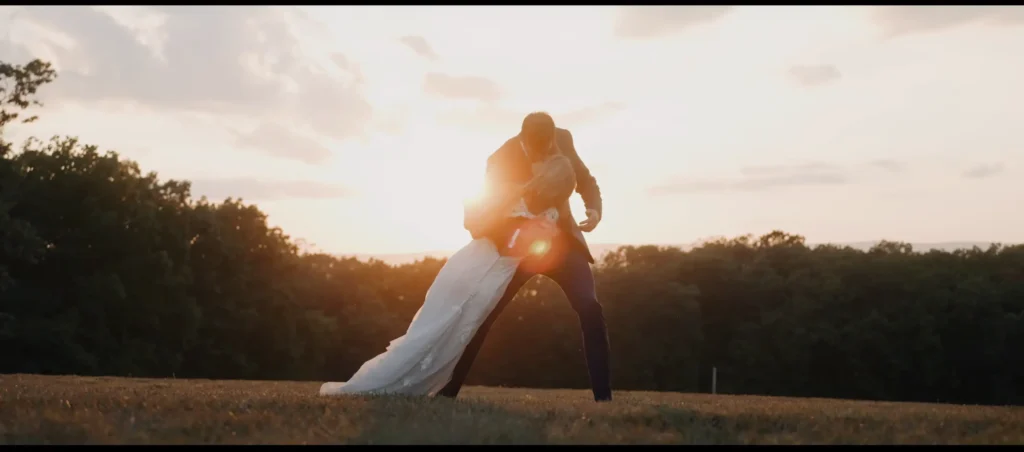
What do we require from the wedding operator to achieve a cinematic edit?
- During the filming process, it’s crucial to adhere to the fundamental editing principles discussed in our previous article.
- Enlist the support of assistants who can assume additional responsibilities, allowing you to focus more on capturing moments with the couple, documenting intricate details, and capturing other significant events throughout the wedding.
- Incorporate the valuable insights shared in our article with tips on setting up a filming process.
- Consider employing a second operator who can capture close-up shots using a tripod or handheld techniques for intimate moments such as reading letters or conducting interviews.
- Take advantage of lighting equipment, particularly during evening shoots, to enhance the visual quality of the footage.
- Stay up to date with the latest film releases, drawing inspiration from cinematography elements that align with your unique style.
Do you want a wedding video in the style of “The Office“? Or perhaps with the vibes of the Barbie movie? Or in the theme of Oppenheimer? 🙂 We’d be thrilled to create a creative themed wedding video just for you. Contact us today to discuss everything.
